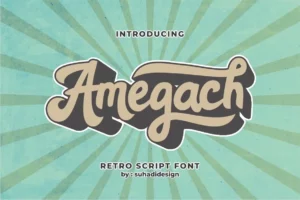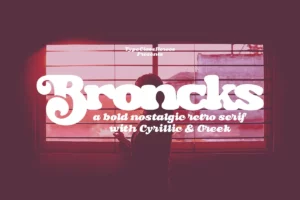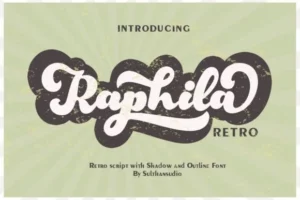Kaglia Font
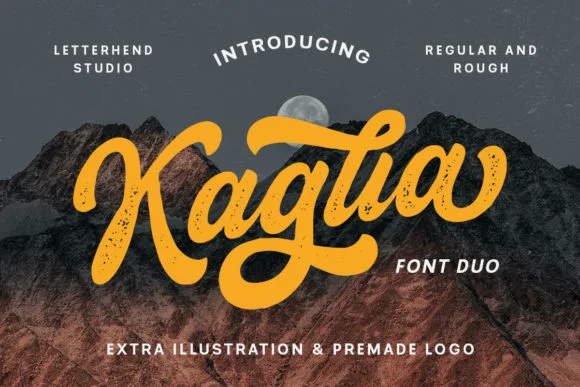
Kaglia Font, a hypothetical name not associated with any known font as of my last update, could represent a contemporary typeface characterized by its unique blend of elegance and functionality. Designed to bridge the gap between traditional serifs and modern sans-serifs, Kaglia Font might feature distinctive letterforms with subtle curves and sharp edges, making it equally suitable for both digital displays and printed materials.
Its versatility could allow for wide application across various design projects, from branding and editorial design to user interface elements, highlighting its adaptability in conveying sophistication and modernity.
You can find more free Vintage fonts here.
Uppercase, Lowercase & Symbols Font

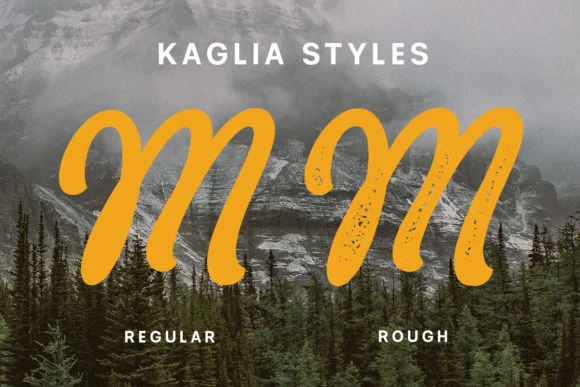
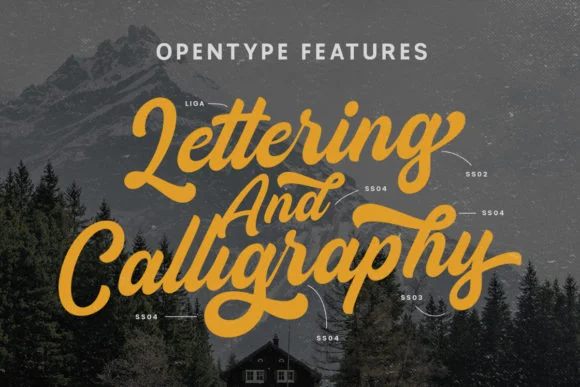
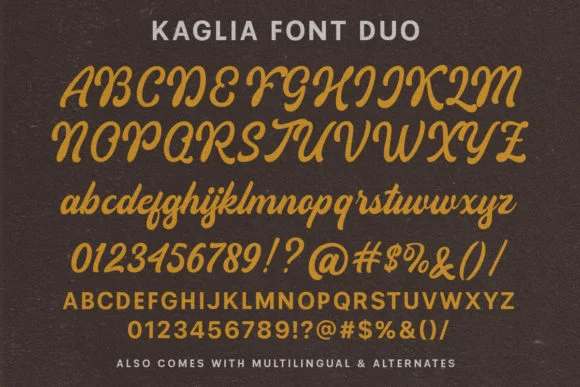
History of Kaglia Font
Borne out of a fine balance between aesthetic appeal and readability, Kaglia Font is a testament to the evolution of typefaces in the digital age. Created by an international team of type designers, its origins trace back to a collaboration aimed at developing a modern sans-serif font that could be versatile in various design contexts.
The development process involved rigorous testing to ensure that the font was visually pleasing and legible across different mediums and at various sizes. The result is a typeface that exudes a sophisticated yet approachable vibe, perfecting everything from personal branding to corporate communication.
Applications of Kaglia Font
Kaglia Font’s versatility is evident in its wide range of applications, from digital design to print media. Its balanced proportions and sleek lines make it an ideal choice for various projects. Here, we detail some of its primary uses.
Branding and Logo Design
Kaglia Font’s modern yet timeless feel makes it an excellent choice for branding efforts and logo design. Its elegance helps businesses convey professionalism and sophistication, while its readability ensures that brand names are easily recognizable.
Web and Digital Design
For web designers, Kaglia Font offers a sleek, contemporary look that enhances user interface (UI) and user experience (UX) across websites and mobile apps. Its legibility at different sizes and on various devices ensures that text is accessible to all users.
Print Media
In print, Kaglia Font excels in editorial design, such as magazine and book layouts, where its readability and aesthetic appeal can significantly enhance the reading experience. Thanks to its versatility, it is also a popular choice for brochures, business cards, and other printed marketing materials.
Advertising and Marketing
Kaglia Font is often used in advertising and marketing campaigns for its ability to draw the viewer’s attention while maintaining clarity. Whether on billboards, online banners, or social media posts, its distinct style helps messages stand out.
Tips for Using Kaglia Font
When incorporating Kaglia Font into your design projects, these tips can enhance its effectiveness and aesthetic appeal:
- Pairing Wisely: Kaglia Font pairs well with serif fonts for contrast, but choosing a complementary sans-serif for body text can create a sleek, uniform look. Experiment with font pairings to see what best suits your project’s tone.
- Mind the Spacing: Pay attention to letter and line spacing when using Kaglia Font. Proper spacing can greatly impact readability, especially in digital formats where screen sizes vary.
- Use for Hierarchy: Utilize Kaglia Font for headings and subheadings to establish a clear visual hierarchy. Its distinct style can help draw attention to important content sections.
- Consider the Medium: Adapt the font size and weight based on the medium. For print, a heavier weight may enhance visibility, while for digital screens, a lighter weight could be more readable.
- Test on Various Devices: Ensure the text set in Kaglia Font is legible across different devices and resolutions. This is crucial for maintaining a consistent user experience in web and mobile design.
- Color Choices Matter: The font’s elegance can be enhanced or diminished by color choice. Opt for colors that complement the font’s sophistication and ensure sufficient contrast between text and background for readability.

